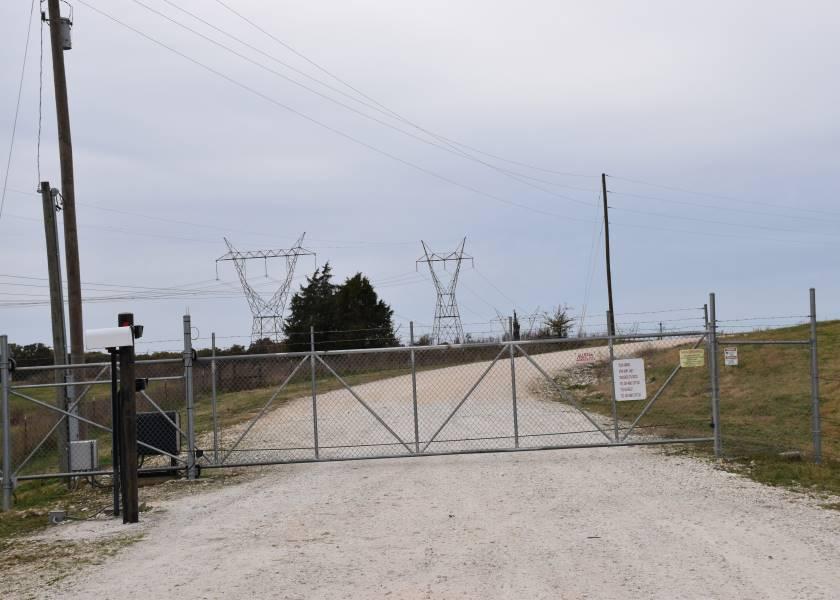Biosecurity and Farm Security are Closely Linked

While biosecurity focuses on protecting livestock and poultry from disease threats and farm security focuses on preventing trespassers and preparing for activist activity, the two concepts are closely related and share many of the same key principles. Although activism and activist activity certainly pose a reputational concern, biosecurity is one of the key drivers behind the importance of implementing farm security measures.
Activists visiting multiple farms in one day and sometimes entering biosecure areas to interact with animals poses a major biosecurity threat and puts animals at risk, which you would think would make activists think twice if animal health and welfare were their focus.
One of the first publicized incidents of activists conducting a “stealth visit” (where they break into a facility, usually at night, to capture footage and sometimes steal animals) came right after the last major avian influenza outbreak. Because of this biosecurity breach, a barn of laying hens had to be destroyed due to concerns about contaminants introduced by the activists. Despite this outcome and the fact that the activists involved were later ordered to pay the farm more than $300,000 in restitution, we’ve continued to see “stealth visits” and “open rescues” occur at farms.
With the current avian influenza outbreak impacting the poultry community and ongoing concerns about potential disease outbreaks on pig farms, now is the time to review both biosecurity and farm security protocols to protect our animals and our livelihoods. Visitors are one major liability in both areas, as individuals such as salespeople or delivery drivers may visit multiple farms or facilities in a day. Make sure you have a procedure in place that requires visitors to check in and limits exposure to animals as much as possible.
On the activism side, you also have to verify that any visitors are who they say they are. Don’t hesitate to ask for verification of identity and make any calls necessary to feel comfortable. During the last avian influenza outbreak, suspicious individuals were reported as visiting farms claiming they were with USDA Animal and Plant Health Inspection Service (APHIS) and needed to conduct outbreak readiness audits.
Activists are also quick to try to make an opportunity out of any animal disease outbreak. We’re currently seeing groups attempt to use animal disease outbreaks to point to the “pandemic potential” of animal agriculture and claim that large-scale farms pose a public health risk. Depopulation, which is sometimes an unfortunate necessity, as part of disease management efforts is also capturing the attention of animal rights extremists, especially after a major activist campaign in 2020 centered around COVID-19-related supply chain challenges.
These activist narratives are capturing little attention to this point, but we need to remain aware of their efforts and how they might target farms and facilities to gain content they can use to advance them.
With both biosecurity and farm security principles, an ounce of prevention is worth a pound of cure. Reviewing and enhancing your protocols before an issue arises to hopefully prevent any future problem is an extremely valuable and worthy investment of your time.
More from Hannah Thompson-Weeman:
Stand Up For Animal Ag: Policies Loom That Could Impact Your Farm
4 Keys to Prevent Animal Activist Attacks in the Wake of a Disaster







